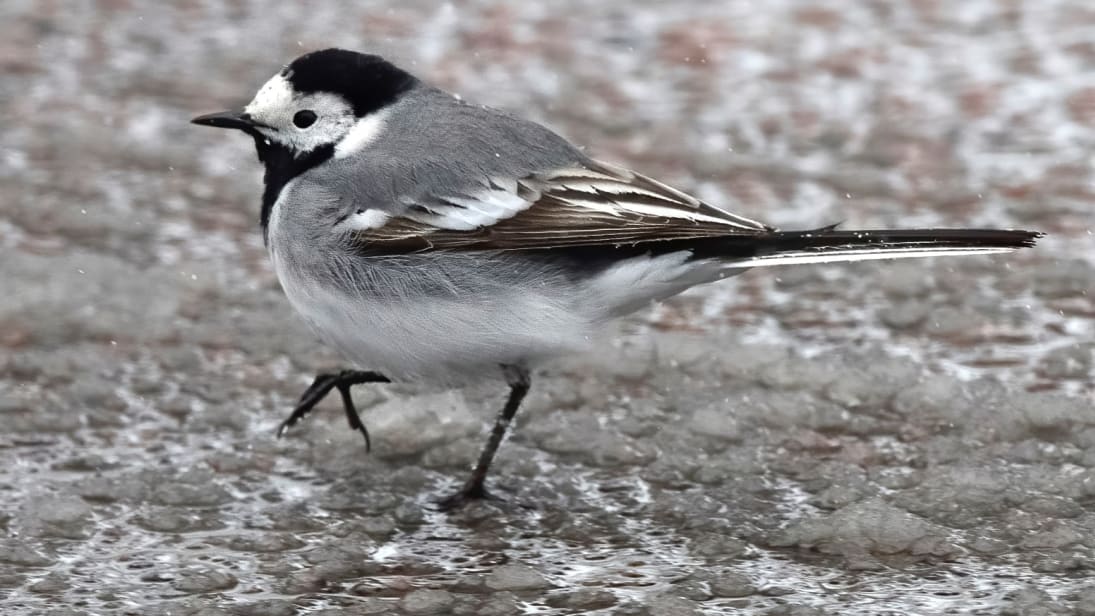Differences in plumage markings of white wagtails coded in two genetic regions
In a new study, facilitated by the SciLifeLab National Genomics Infrastructure (NGI), researchers have determined that the most prominent differences in plumage markings between subspecies of white wagtails are determined only by two tiny regions in their genome.
“In one of these regions is the ASIP gene, the same gene that is inactivated in black horses and overactive in white sheep. The other region, which is located on another chromosome, probably affects the black-and-white plumage by interacting with the ASIP gene”, says SciLifeLab researcher Leif Andersson, Uppsala University, in a press release from Uppsala University.
In the study, published in Nature Communications, the researchers analyzed the entire genome of more than 80 specimens of two out of the nine subspecies of white wagtails in the world. The two subspecies were Motacilla alba alba, which is found in Sweden, among other places, and Motacilla alba personata from Central Asia.
“They are astonishingly similar genetically and also very similar in the plumage, except that personata have more widespread black markings on the head than alba, says Per Alström (UU).
In the study, the researchers sequenced the entire genome of wagtails in an area of southwestern Siberia, where the two subspecies meet and hybridize to some degree. But also from locations outside this hybrid zone where non-hybridized individuals of the two subspecies occur.
Studies of hybrids and so-called crosses between hybrids and the respective subspecies are particularly well suited to reveal which genes determine a certain trait, as these individuals have genetic predispositions from both subspecies.
Previous field studies of these two subspecies of wagtails within the hybrid zone in Siberia have shown that the differences in head markings seem to be important for the birds’ choice of partner.
” This could contribute to them eventually developing into different species, which do not mate with each other at all”, says Per Alström.
“This study shows that traits that are important for partner selection can have a fairly simple genetic background such as a few genetic predispositions”, concludes Leif Andersson.





